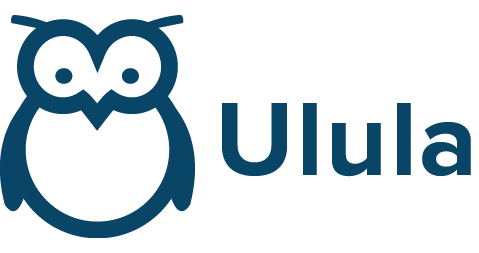Despite increasing attention to health, safety and environmental (HSE) issues, the extractive industries continue to perform poorly on occupational fatality and serious injury rates compared to other sectors. Using mobile technology to enhance timely and relevant data collection offers promising outlooks to minimize HSE risks at low cost .
Between 2003 and 2010, US fatality rates in oil and gas operations were seven times higher than US average occupational fatality rates (3.8 deaths /100,000 workers). In British Columbia between 2008- 2012 there has been a 1% increase in serious injury rates in the oil and gas sector, with a concomitant 39% increase in claims costs paid and 28% increase in short term disability duration over and above the estimated increase in number of persons year worked in the industry.
Deloitte’s global network of mining professionals identifies “safety” as one of the top ten main challenges likely to confront the sector in 2014 and with a progressively strong regulatory climate, and rising stakeholder expectations, HSE monitoring and management techniques are in needs of a “quantum leap”.
Ahead of the SPE International Conference on Health, Safety, and Environment, Ulula explores how mobile technology can be a cost effective and practical solution to occupational health and safety for oil, gas and mining.
With increasing regulation and scrutiny from civil society on health and safety standards, multinationals are under increasing pressure to be more accountable for the pay and working conditions experienced by workers in their supply chains. Reaching “Zero Harm” is the overarching health and safety priority for the mineral products industry in 2014 and several businesses have been revisiting HSE management practices in an attempt to align themselves with industry wide regulatory changes.
Yet practical developments in HSE management in the mining sector are missing shared value opportunities as alluded to in discussions during the PDAC 2014 conference earlier this month. A multi-stakeholder group of Canadian mining companies, academics and NGOs designing the “beyond zero harm framework” underscored the paradox between the risk of death by data and the dearth of relevant and timely data in the industry. In other words: HSE monitoring and evaluation is either characterized by a lack of information flow or inconsistent, sporadic data collection which results in a lot of low-utility data (at an expense).
Shifting gears in data collection methodologies from one which is scattered and company-centered to one which is continuous, user-centered and cost-effective can be done by exploiting the well documented pervasiveness, simplicity and relative accessibility of mobile technology in the world, particularly in emerging markets. In 2013 the mobile cellular penetration rate in the developing world was 89% according to the International Telecommunication Union.
A recent study by Vodafone Group Plc explores opportunities for leveraging mobile technologies to improve conditions for workers through a series of services ranging from Job matching to Easy payroll systems and Work panel platforms.
One of the main site-level challenges in oil, gas and mining is relaying timely, robust and verifiable data at the workplace, which is particularly crucial for health and safety monitoring. This gap can be covered through a simple SMS and voice based mobile platform which institutes two-way communication between a companies’ management team and its workers to a) assesse effective workplace conditions in real-time and b) deliver alerts and feedback directly to workers. Periodic perception surveys sent to workers on working conditions, compensation rates, concerns and job satisfaction is aggregated anonymously and analyzed through a customized dashboard to provide trends and alerts on a set of pre-defined indicators useful for monitoring workplace sentiments and health and safety standards.
For employers the increase in timely, site-specific data potentially reduces the need for frequent, time-consuming and expensive audits while also minimizing risk and enhancing reputation. Furthermore, by eliminating expensive feedback related paper work, the mobile platform achieves scale and data accuracy, resulting in considerable cost-efficiency gains at low cost. For example, LaborLink is currently offering such services in the garment sector and has recorded cost savings of 70% over pen and paper surveys usually implemented in HSE monitoring.
Yet one must caution against assuming a simple “technology fix” will solve occupational health and safety-related issues.
Most important, while the existence of a mobile feedback channel offers workers real-time visibility resulting in improved working conditions, in practice the mobile platform can improve transparency only if workers trust the system.
Engaging workers and building a trustworthy platform means i) assuring and ensuring responses are private and anonymous ii) creating the right expectations on how the company will respond to concerns and instituting an information verification system to better direct responses iii) providing users with incentives for engaging with the platform (by covering SMS expenses for instance).
These challenges can be overcome if framing the mobile platform around a human-centered design. That means that HSE monitoring and evaluation through the mobile platform would be optimized if designed with workers, who have a better understanding of the real risks and hazards at their workplaces. Not only would this create ownership of the mobile platform and feedback system, beginning the process of building trust, but it would also ensure relevant health and safety indicators are collected.
